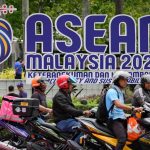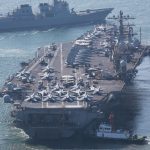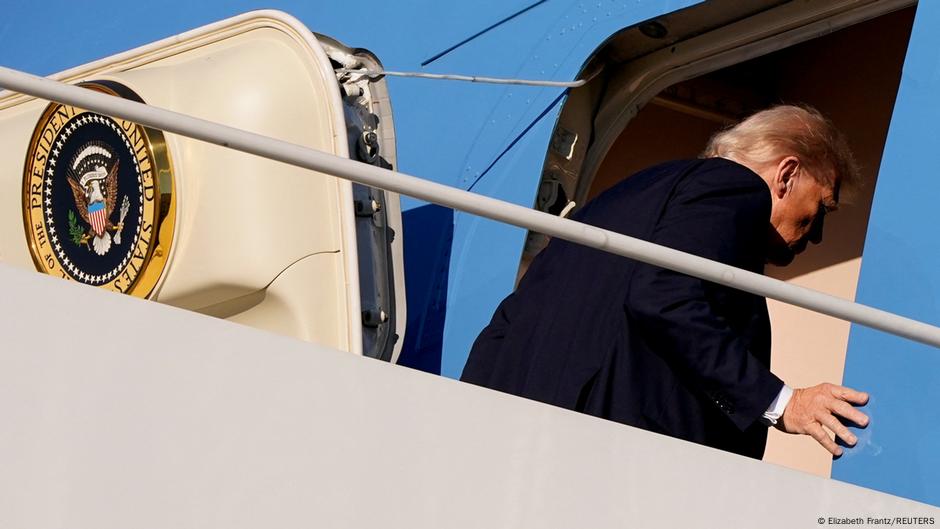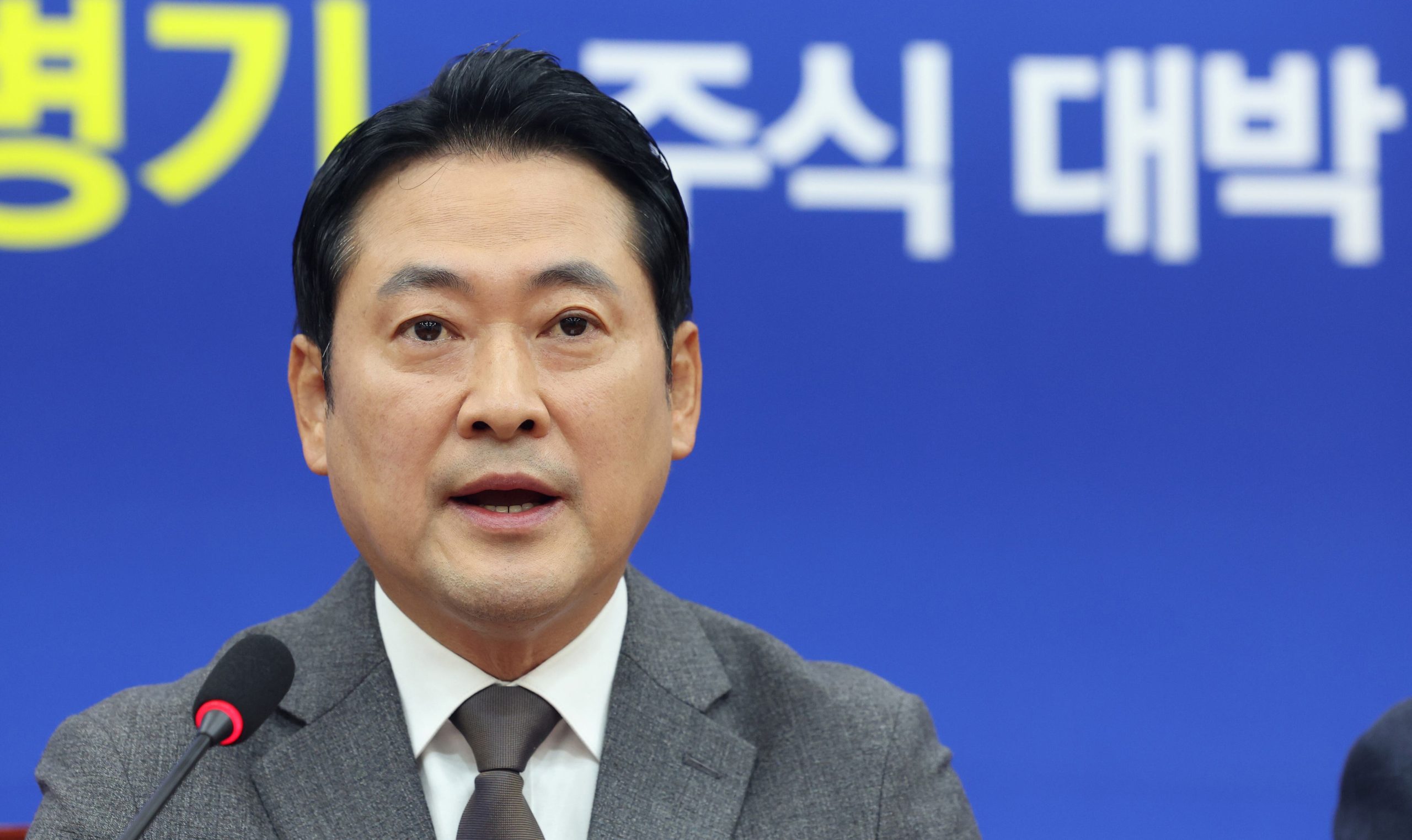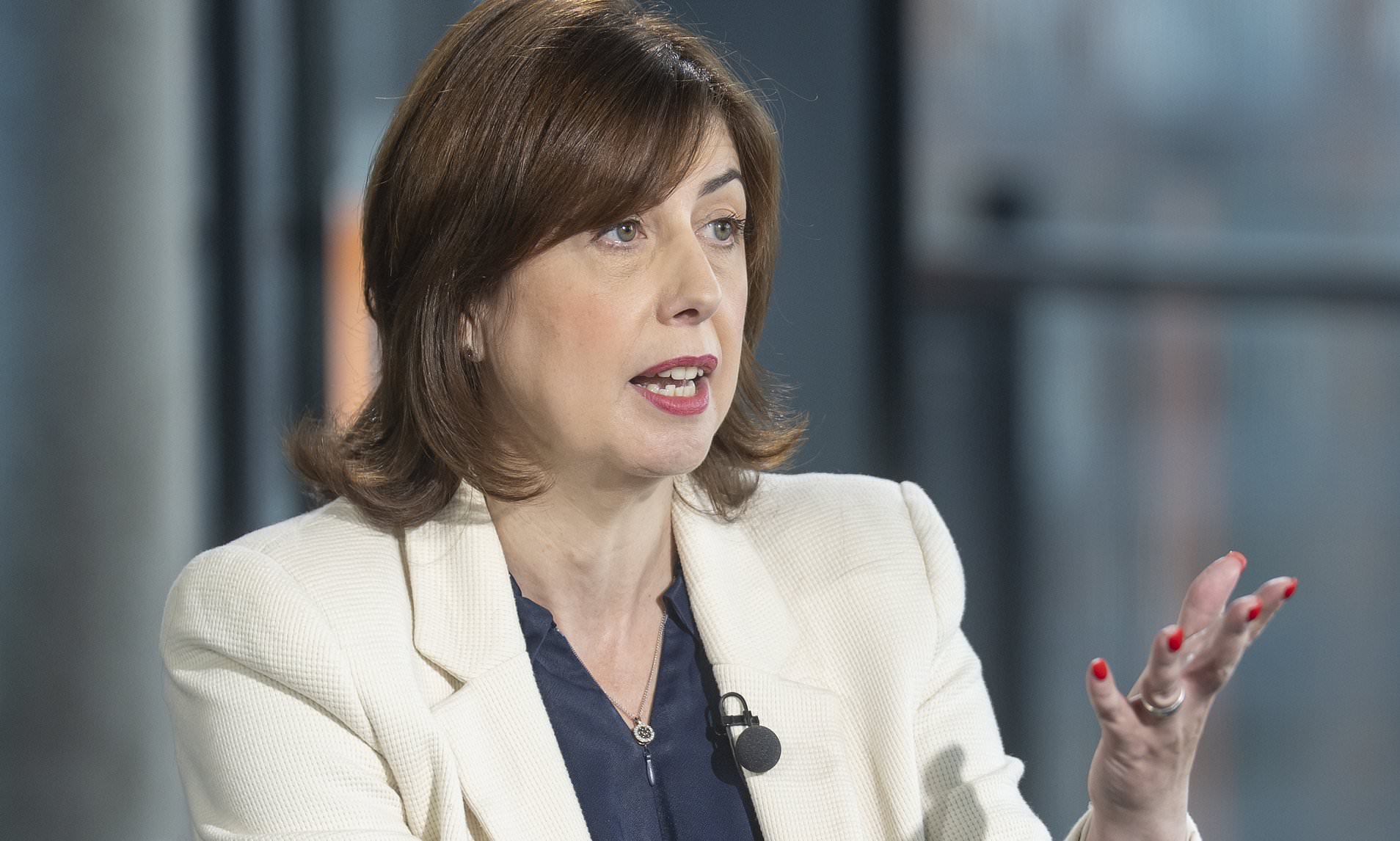Trump’s Asian Tour: Economic Agreements and High-Stakes Diplomacy
President Donald Trump is preparing for his first major trip to Asia since returning to the White House, marking a significant diplomatic and economic initiative. The five-day tour will involve visits to three countries, with a focus on investment deals and fostering international cooperation. Despite ongoing challenges, including a prolonged government shutdown in the United States, Trump remains committed to engaging with key regional leaders.
Key Stops and Objectives
Trump is scheduled to depart late Friday, beginning his journey with a stop in Malaysia for the Association of Southeast Asian Nations (ASEAN) summit. During this visit, he is expected to hold a bilateral meeting with Malaysian Prime Minister Awar Ibrahim. Additionally, he may oversee the signing of a peace treaty between Thailand and Cambodia, two neighboring countries that experienced brief skirmishes earlier this year.
The president’s itinerary also includes potential discussions with Brazil’s President Luiz Inacio Lula da Silva. Lula has expressed openness to addressing various topics, such as tariffs on Brazilian exports and tensions with Venezuela, should the opportunity arise.
Japan: Investment and Military Engagement
Following his time in Malaysia, Trump will travel to Japan, where he is anticipated to discuss substantial investment opportunities. These include at least $900 billion in US factory and project investments, contingent upon reduced trade tariffs from Japanese officials. In Tokyo, Trump is set to meet with Sanae Takaichi, Japan’s first female prime minister. He will also visit US troops stationed in the country, according to an unnamed official.
South Korea: A Historic Meeting with Xi Jinping
The final leg of Trump’s trip takes him to South Korea, where he is scheduled to meet with Chinese President Xi Jinping on the sidelines of the Asia-Pacific Economic Cooperation (APEC) summit. This will be the first in-person meeting between the two leaders during Trump’s second administration. While China has not officially confirmed the meeting, its announcement by the White House suggests a desire to ease tensions and restart negotiations.
The potential meeting comes amid months of volatile trade relations between the world’s two largest economies. Earlier this month, China announced stricter export controls on rare earths and other critical minerals, citing Washington’s expansion of export restrictions on US technology. Trump described the move as “shocking” and “out of the blue,” and threatened to impose a 100% tax on Chinese imports starting November 1 or sooner. At one point, he even considered canceling the meeting with Xi, but later clarified that the meeting would proceed.
Broader Implications
Analysts note that the trip raises important questions about the United States’ strategic priorities in the region. Mira Rapp-Hooper, a former Biden administration official, highlighted that the high-level question on this trip is who the United States stands with and what it stands for. As Trump navigates these complex relationships, the outcomes of his meetings could have far-reaching implications for global trade, security, and diplomatic relations.
While the US government shutdown continues without resolution, the president’s focus remains on strengthening ties with Asian allies and addressing pressing economic and geopolitical issues. The success of this tour could shape the direction of US foreign policy in the coming years.

